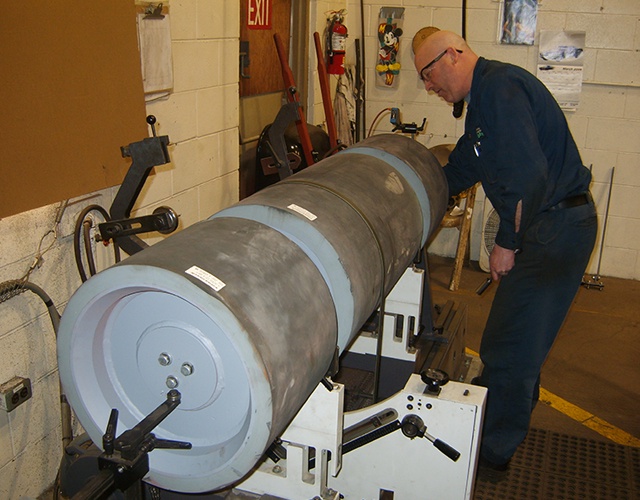Conveyors have provided a fundamental change in how inventory is moved through a warehouse setting. They have great increased efficiency and productivity. They are incredibly flexible and become an industry standard across all warehouse settings in every industry imaginable. While they are incredibly efficient and a valuable asset, they can have occasional problems. By adjusting specific components of the conveyor system these problems can be minimized. Conveyor roller manufacturers are oftentimes contacted to upgrade the rollers.
Most Common Issues
While this list is not comprehensive by any means, these are the most common occurring problems.
- Carryback
- Conveyor Belt Mistracking
- Slippage
- Material Spillage
- Prevention is Key
Carryback
This occurs when material remains on the belt after it has been discharged. This is one of the biggest issues that occurs in conveyor systems. All industrial belt conveyors experience carryback to some degree. It has the potential for serious consequences.
Carryback is an issue because it creates the potential for a hazardous environment. It can get caught in the undercarriage of the conveyor, as well as, the surrounding area. When this occurs, it can cause downtime and production line outages.
The carryback will collect and buildup on the rollers. This can cause degradation and result in excessive wear. If not addressed appropriately, carryback can cause belt tracking problems which can wear rollers and belts.
Conveyor Belt Mistracking
Tracking refers to the motion of the belt riding across the rollers. They should always track centrally on the rollers. Mistracking occurs when the belt moves unevenly across the rollers.
When mistracking occurs, it can cause uneven belt wear and damage to the surrounding infrastructure of the conveyor. This is considered serious enough that it has been quantified as a safety violation by state agencies. When belts are not tracking properly create points that become a hazard.
Slippage
This occurs when the belt and pulley no longer have enough grip to adequately turn the belt. This reduces efficiency and productivity which can cause additional stress on motors, pulleys, and belts.
One way to address this is by contacting industrial rollers manufacturers and replacing rollers to increase the appropriate grip. The appropriate belt tension should be maintained as well.
Material Spillage
This is a common issue with conveyor systems. This occurs most commonly as load and transfer points. Spillage is when material spills off the conveyor belt. This can diminish efficiency and productivity. Excessive spillage can be indicative of belt misalignment or belt damage.
Prevention is Key
It is important to properly maintain all components of the conveyor system. Replacing rollers with heavy-duty industrial rollers can improve functionality and efficiency. Working with Conveyor roller manufacturers, recommendations will be made to best address the issues occurring. Maintaining motors, belts, and rollers, will all improve the lifespan of the conveyor system as a whole. Maintenance can also help to cut costs too. Keeping systems operating at maximum efficiency lowers production costs. Reach out to Allied Marine & Industrial for more information.


No comments yet